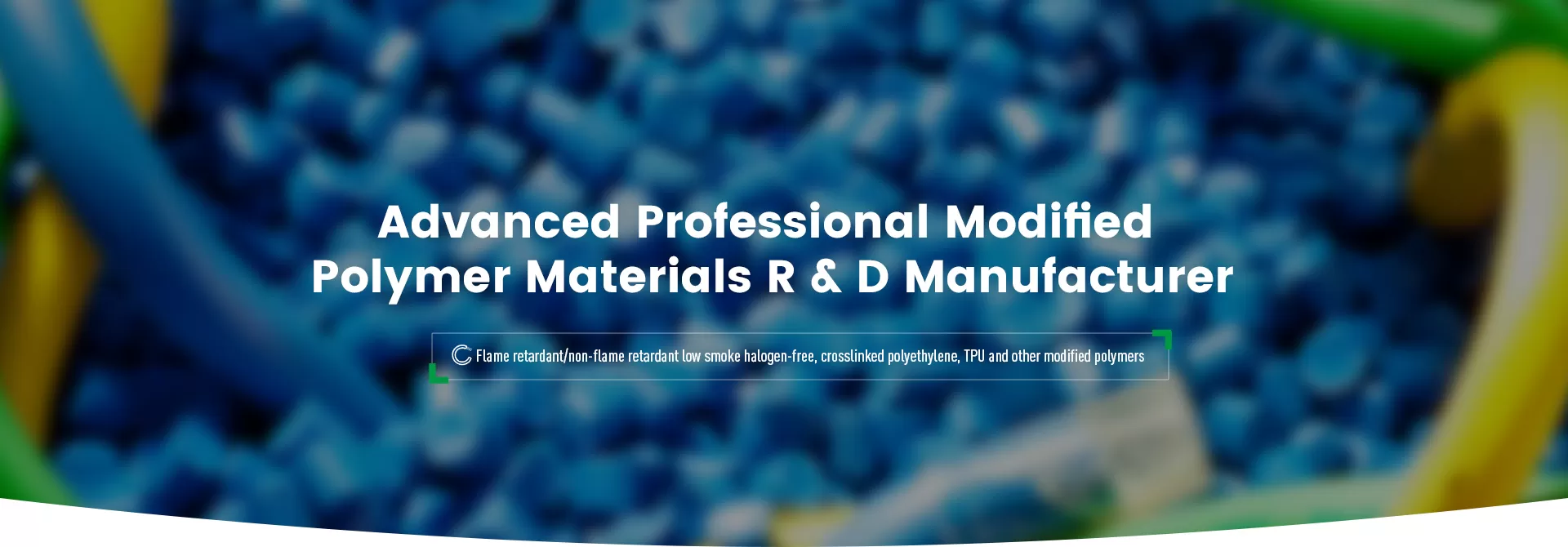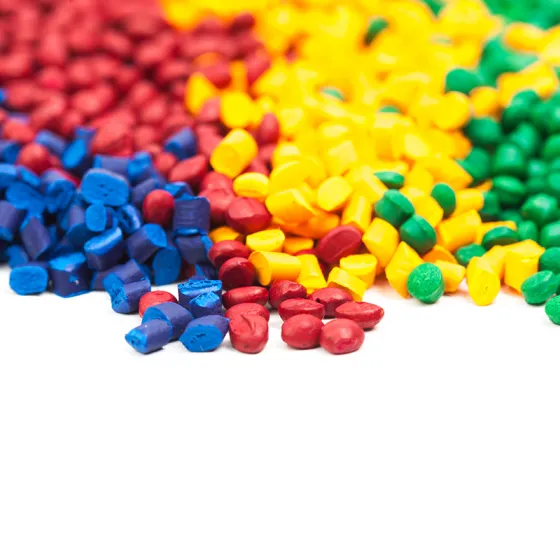

EPDM (Ethylene Propylene Diene Monomer Or Ethylene Propylene Diene Rubber) is a synthetic rubber mainly polymerized by ethylene, propylene, and a small amount of diene monomers.
EPDM Rubber Material is a chemical copolymer and belongs to synthetic rubber material. It is known for its excellent anti-oxidation, anti-ozone, and anti-corrosion properties. It belongs to the polyolefin family and has excellent vulcanization characteristics.
EPDM has the lowest specific gravity of all rubbers and can absorb a large amount of fillers and oils without much impact on its performance, so it can be made into low-cost rubber compounds.
EPDM has similarities to natural rubber in terms of elasticity and tensile strength. This makes it an excellent choice for products that need to endure mechanical stresses while maintaining durability.
EPDM is also widely used in high-voltage applications where reliable insulation is essential for preventing electrical hazards. This makes it an ideal choice for manufacturing EPDM lead wire and EPDM insulation for cables, offering both mechanical strength and electrical safety.
The Main Performance Characteristics Of EPDM Plastic Material
Low Density and High Filling: EPDM is a low-density rubber that can be filled with oil and fillers in large quantities to reduce costs. This characteristic also contributes to its use in O-ring seals and other gasket materials, which require high elasticity and strength while being cost-effective.
Aging Resistance: EPDM has excellent weather resistance, ozone resistance, heat resistance, acid and alkali resistance, water vapor resistance, color stability, electrical properties, oil filling, and normal temperature fluidity. These properties make it suitable for outdoor applications, such as roofing materials, window seals, and automotive components exposed to varying weather conditions.
Corrosion Resistance: Due to its non-polarity, it has good resistance to various polar chemicals such as alcohols, acids, alkalis, oxidants, refrigerants, detergents, animal and vegetable oils, ketones, and fats. This property ensures that EPDM remains effective in extreme conditions, such as those found in high-voltage environments where exposure to chemicals is common.
Water Vapor Resistance: EPDM performs excellently in high-temperature steam, maintaining its integrity without changing its appearance. This quality is vital for EPDM insulation used in cable compounds exposed to moisture and high humidity.
Superheated Water Resistance: Closely related to the vulcanization system, under certain conditions, EPDM retains its properties even after being soaked in superheated water, which is often required for high-voltage applications that encounter extreme temperature fluctuations.
Wide Temperature Range: EPDM can maintain its performance over a wide range of temperatures, making it suitable for applications where both high and low thermal stability are required. This is particularly important for seals, gaskets, and cable insulation used in industrial and automotive settings.
Electrical Properties: EPDM offers excellent electrical insulation and corona resistance, making it an ideal material for EPDM lead wire and insulation in wires and cables that need to withstand high-voltage conditions without compromising safety. It ensures the insulation remains intact, preventing electrical leaks or failures.
Elasticity: Due to the lack of polar substituents in its molecular structure, EPDM exhibits low molecular cohesive energy, contributing to its flexibility. This makes it particularly useful in creating O-ring seals and cable compounds that need to endure repeated mechanical stresses.
Adhesion: Due to the lack of active groups in the molecular structure, self-adhesion and mutual adhesion are poor. As a result, EPDM is often chemically cross-linked to improve its adhesive properties, ensuring better performance in cable applications.
EPDM is widely used in the manufacture of wires and cables in the fields of industry, automobiles, construction, electrical, and medical. Including seals in the automotive industry, waterproof materials in the construction industry, insulating sleeves and sheath materials for wires and cables, and other rubber products such as hoses, rubber seals, rubber sheets, etc.
Automotive Industry: Used for automotive sealing strips, gaskets, windshield seals, etc.
Construction Industry: Used for roofing materials, insulation layers, window seals, and waterproof materials.
Electrical and Electronic Products: As cable sheaths and insulation materials, EPDM is commonly used in cables designed for high-voltage applications, offering safety and durability in electrical systems.
Industrial Applications: Used for mechanical seals, O-ring seals, conveyor belts, and other industrial products, where it is important for the material to have both elasticity and resistance to various environmental factors.
Outdoor Applications: EPDM’s excellent resistance to UV radiation, ozone, and extreme weather conditions makes it an ideal material for outdoor seals, roofing materials, and protective coverings.
In the electrical and electronics industries, EPDM is specifically employed for high-voltage applications, where the combination of electrical properties, aging resistance, and chemical cross-linking is essential for ensuring the long-term performance and safety of cables and wires.

